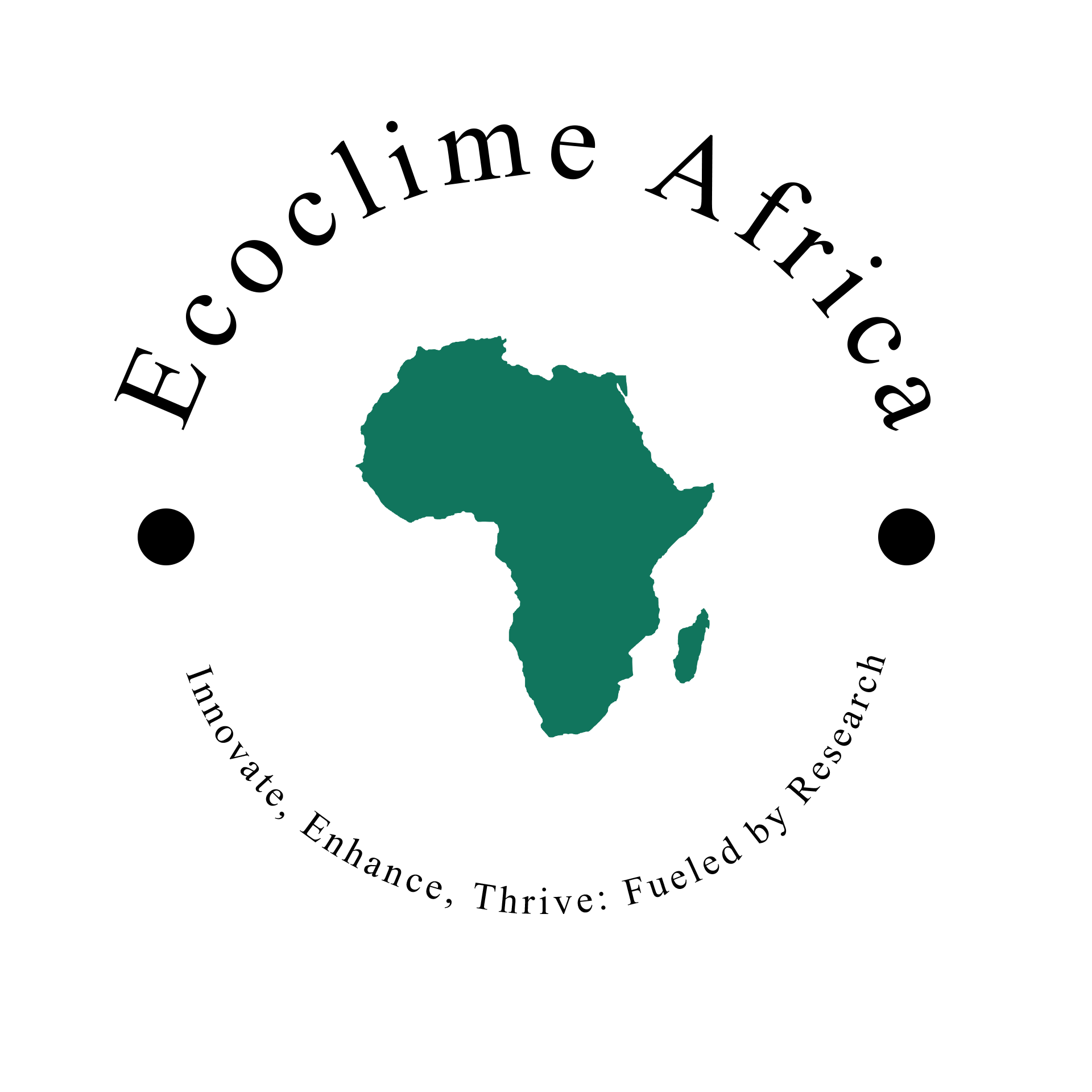

Tackling Plastic Waste and Urban Flooding in Kumasi: A Community-Based Approach
The improper disposal of single-use plastic waste is severely clogging urban drainage systems in Kumasi, particularly during the rainy season. These blockages increase the frequency and severity of flash floods, which cause significant property damage, economic loss, and heightened risks of waterborne diseases such as cholera and typhoid. The primary affected groups are residents and small business owners in low-lying, high-density communities like Aboabo and Sepe Buokrom. A 2023 report by the Kumasi Metropolitan Assembly (KMA) and Paul Amoateng revealed that 60% of the city’s drainage blockages are caused by plastic refuse [1,2]. In addition, a new article from Ghana Online detailed the economic losses suffered by traders at the Aboabo Market after a recent flood, further illustrating the human impact of this crisis [3].
To better understand the root causes of this problem, this research article was guided by two main questions. First, to what extent does the lack of accessible plastic waste collection services in the Aboabo Market correlate with the volume of plastic found in the Subin River drainage channel during the 2025 rainy season (June-August)? Second, what are the most feasible community-based interventions that could lead to a 30% reduction in plastic waste entering the drainage system in Sepe Buokrom within six months? To answer these, a mixed-method approach involving surveys, secondary data analysis, and field observations was conducted.
Survey results showed that most household and business owners in the study areas are aware of the flooding problem, but lack convenient and affordable waste disposal options. Many participants reported that official waste collection services are infrequent or altogether unavailable in their neighborhoods, which forces them to resort to improper disposal practices. A review of municipal waste management reports validated the Kumasi Metropolitan Assembly’s finding that plastic waste is the primary contributor to drainage blockage [1]. Further, data from Kwame Nkrumah University of Science and Technology showed a direct correlation between heavy rainfall, flooding, and a spike in waterborne disease cases in affected communities [4]. These findings confirm that poor waste management is deeply intertwined with public health and safety.
Our findings suggest that solutions must address both behavioral and structural barriers. Community-based programs and interventions appear to be the most feasible way forward. Establishing plastic collection hubs at markets like Aboabowould give traders and households an accessible place to dispose of waste. Plastic-for-value initiatives, where residents exchange plastics for small financial incentives, food items, or prepaid utility credits, could shift behavior toward responsible disposal. Local youth groups could also be trained as community waste monitors, helping bridge the gap between households and official waste management services. These solutions are low-cost, scalable, and rooted in existing community structures, making them both practical and sustainable.
To measure the program’s effectiveness, we propose a multi-layered impact evaluation. Quantitatively, the program will track plastic volumes collected at the exchange centers, aiming for at least a 30% reduction in plastic entering drains within six months. Flood incidence data and rainfall reports will help assess changes in flood severity. Qualitatively, participant surveys will capture shifts in community perceptions, attitudes toward waste management, and improvements in cleanliness. Environmental assessments will be carried out through inspections of drainage channels by the Hydrological Services Department and the National Disaster Management Organization (NADMO), while hospital records from Kumasi South and other local facilities will be used to track any decline in waterborne disease cases. This evidence will provide a robust picture of the program’s impact, combining both measurable outcomes and lived community experiences.
Plastic waste management is therefore not just an environmental challenge, but a matter of urban resilience, economic security, and public health. By focusing on community-driven and evidence-based approaches, Kumasi can reduce flooding risks, safeguard livelihoods, and serve as a model for other African cities facing similar challenges.
Written By: Kwadwo Boafo Dankwah*, Priscilla Appiah Adwubi, Jackline Wesley, James Magesa, Katusiime Erinah, Luckman Aborah Yeboah
References:
[1] Republic Of Ghana Composite Budget For 2024-2027 Programme Based Budget Estimates For 2024 Kumasi Metropolitan Assembly. (2023).https://mofep.gov.gh/sites/default/files/composite-budget/2024/AR/KMA.pdf
[2] Amoateng, P., Finlayson, C. M., Howard, J., & Wilson, B. (2018). A multi-faceted analysis of annual flood incidences in Kumasi, Ghana. International Journal of Disaster Risk Reduction, 27, 105–117. https://doi.org/10.1016/j.ijdrr.2017.09.044
[3] Mills, E. L. (2022, August 17). Aboabo drainage system, Pelele Bridge choked. Graphic.com.gh; Graphic Online. https://www.graphic.com.gh/news/general-news/aboabo-drainage-system-pelele-bridge-choked.html
[4] Jonathan, A., Michael Yaw Peasah, Agyei Gyasi Yaw, Takyi Yaw Duodu, Antwi, S., Stephen, A. M., Opoku Adomako Kwabena, Opoku, F., & Akoto, O. (2023). Public Health Implications of Household Water Sources in the Kumasi Metropolis, Ghana. A Case Study. Research Square (Research Square). https://doi.org/10.21203/rs.3.rs-3203831/v1
Comments
No comments available.